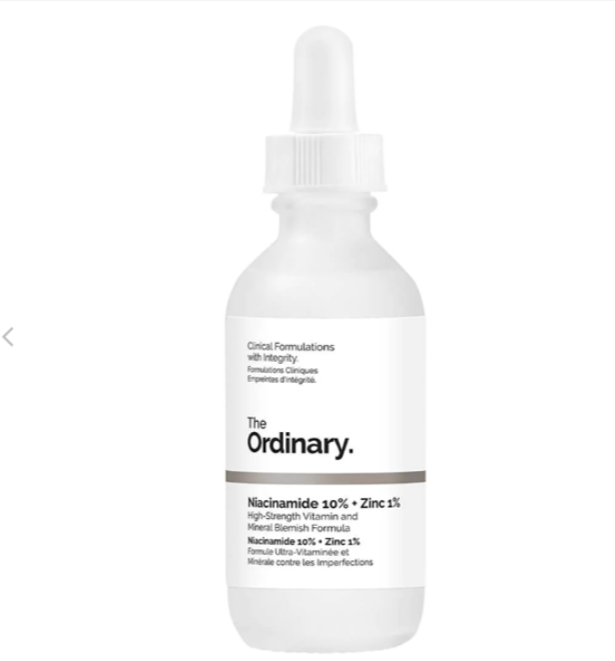Tooth-colored or composite resin fillings have become the preferred choice for patients and dentists alike. Their ability to blend seamlessly with your natural teeth makes them ideal for restoring cavities without compromising the aesthetics of your smile. But while their visual appeal is undeniable, many patients often ask: how long do tooth-colored fillings last?
What Are Tooth-Colored Fillings?
Tooth-colored fillings in Riverview are made from a composite resin material that bonds directly to the surface of your tooth. Unlike traditional silver (amalgam) fillings, composite resin fillings match the shade of your natural teeth, making them virtually invisible. They’re commonly used to treat small to moderate cavities and can also be used for cosmetic repairs like chipped or worn teeth.
Average Lifespan of Tooth-Colored Fillings
On average, tooth-colored fillings last between 5 to 10 years. However, many can last even longer with excellent oral hygiene and regular dental checkups. While they may not be as long-lasting as amalgam fillings (which can last 10–15 years), composite fillings provide a more natural look and bond better to the tooth structure.
Factors That Influence Longevity
Several factors determine how long your tooth-colored fillings will last:
- Location of the Filling
Fillings in the back teeth (molars) are exposed to more pressure from chewing and grinding, which can cause them to wear down more quickly. Fillings on the front teeth or less-used areas tend to last longer due to less mechanical stress.
- Size of the Filling
Larger fillings are more likely to weaken or fracture over time, mainly if they cover a significant portion of the tooth. Smaller fillings have less chance of failing and often have a longer lifespan.
- Your Oral Habits
Habits like teeth grinding (bruxism), chewing ice, or using your teeth to open objects can stress your fillings, leading to cracks or wear. Using a mouthguard if you grind your teeth at night can help protect both your teeth and fillings.
- Dietary Choices
A high-sugar diet or frequent snacking can increase your risk of cavities and weaken the bond between your filling and natural tooth structure. Acidic foods and beverages may also contribute to erosion over time.
- Oral Hygiene
Consistent brushing, flossing, and professional cleanings are essential to keeping your fillings and overall oral health in good condition. Poor hygiene can lead to decay around or under the filling, which might require replacement.
Signs Your Filling Needs to Be Replaced
Even if your filling hasn’t reached the average lifespan, it may need replacement if you notice any of the following:
- Tooth sensitivity or pain when chewing
- Visible cracks or chips in the filling
- A rough or uneven surface
- Staining around the edges
- A feeling that the filling is loose or shifting
If you experience any of these signs, schedule a dental appointment as soon as possible. Your skilled dentist in Riverview can assess the condition of your filling and recommend whether it needs repair or replacement.
How to Prolong the Life of Your Fillings
While you can’t stop wear and tear entirely, you can take steps to prolong the life of your composite fillings:
- Practice excellent oral hygiene daily
- Visit your dentist every 6 months for checkups
- Avoid chewing on hard objects like pens or ice
- Limit sugary and acidic foods and drinks
- Wear a mouthguard if you grind your teeth at night
Conclusion
Tooth-colored fillings offer a beautiful, functional solution for restoring decayed or damaged teeth. Like all dental work, they require care and maintenance. While typically lasting 5–10 years, many patients enjoy even longer results with healthy habits and routine dental visits.
If you think your filling may need repair or simply want to switch from old silver fillings to a more aesthetic option, consult your dentist. Investing in high-quality tooth-colored fillings and caring for them properly is a smart move toward preserving your smile for years.






